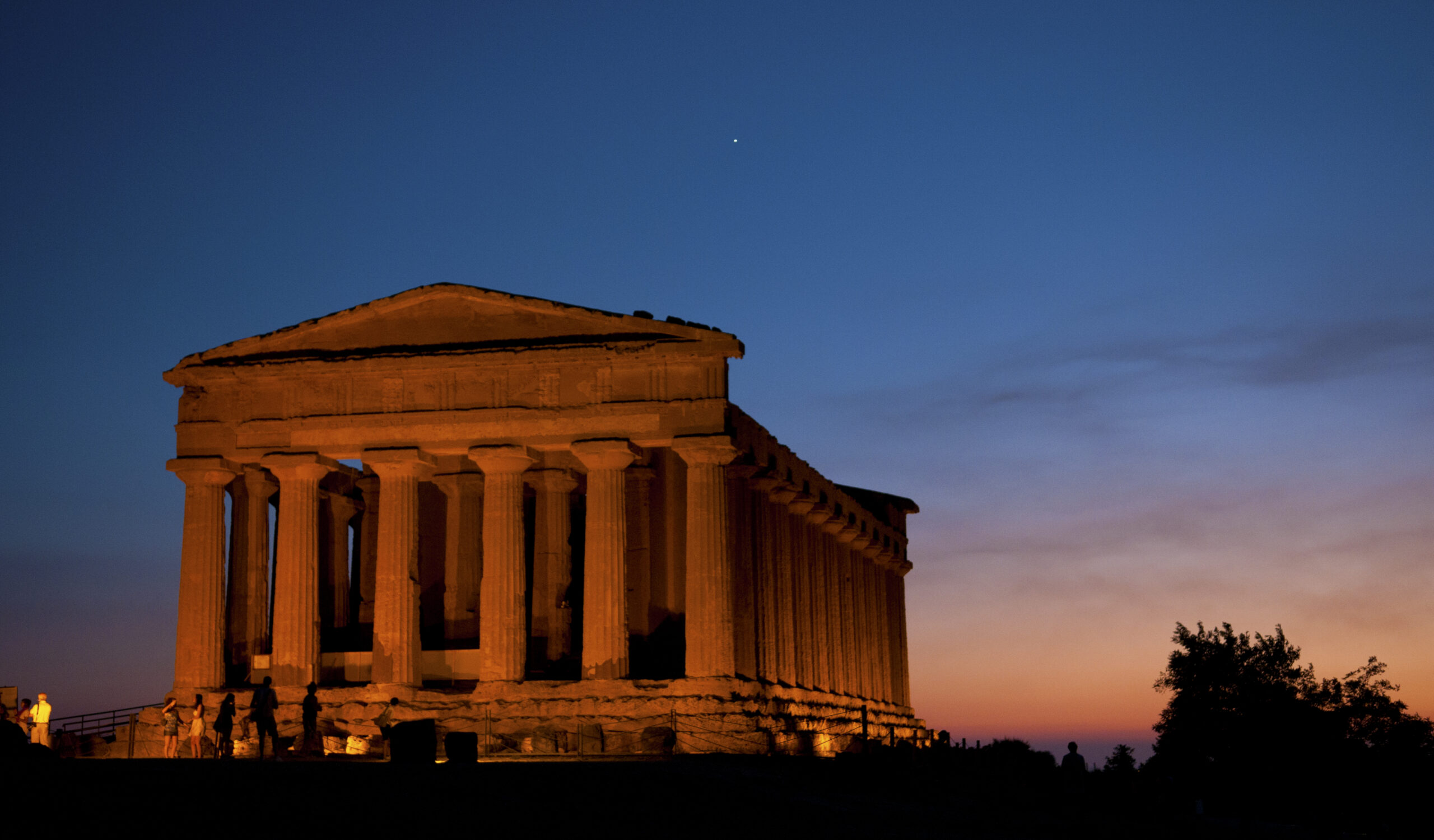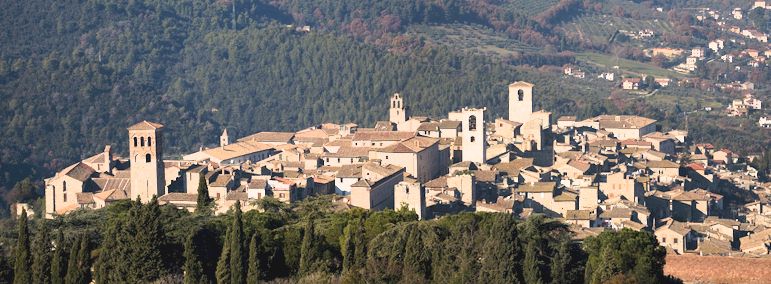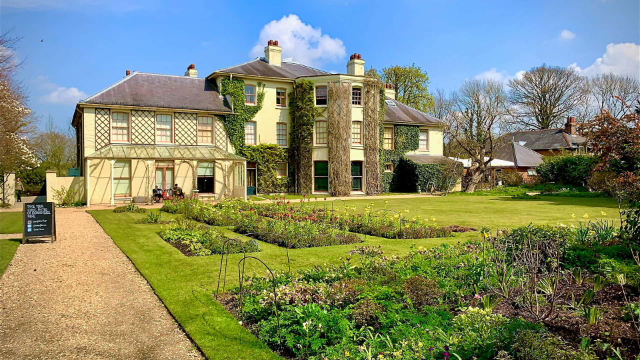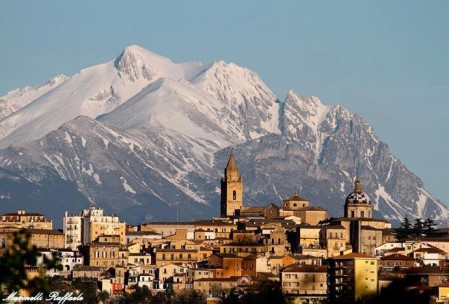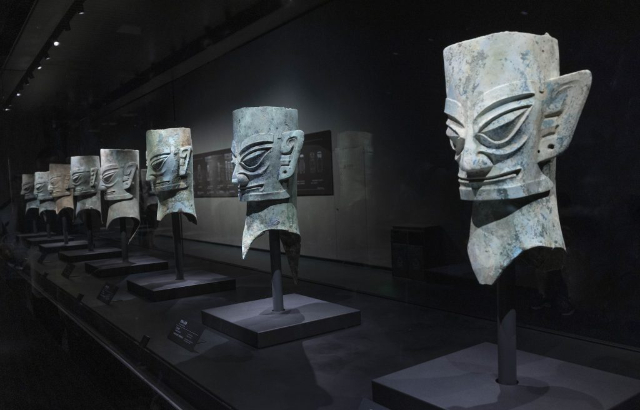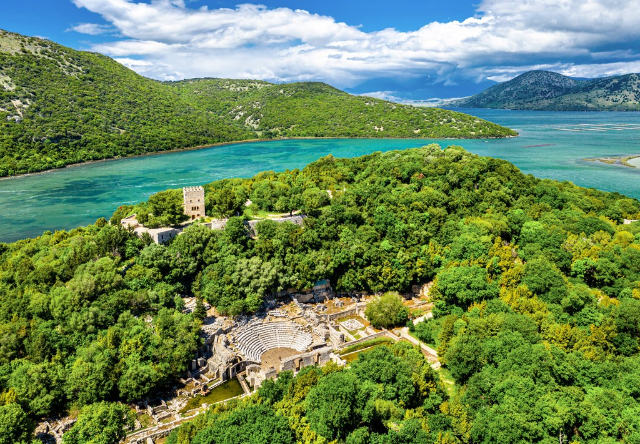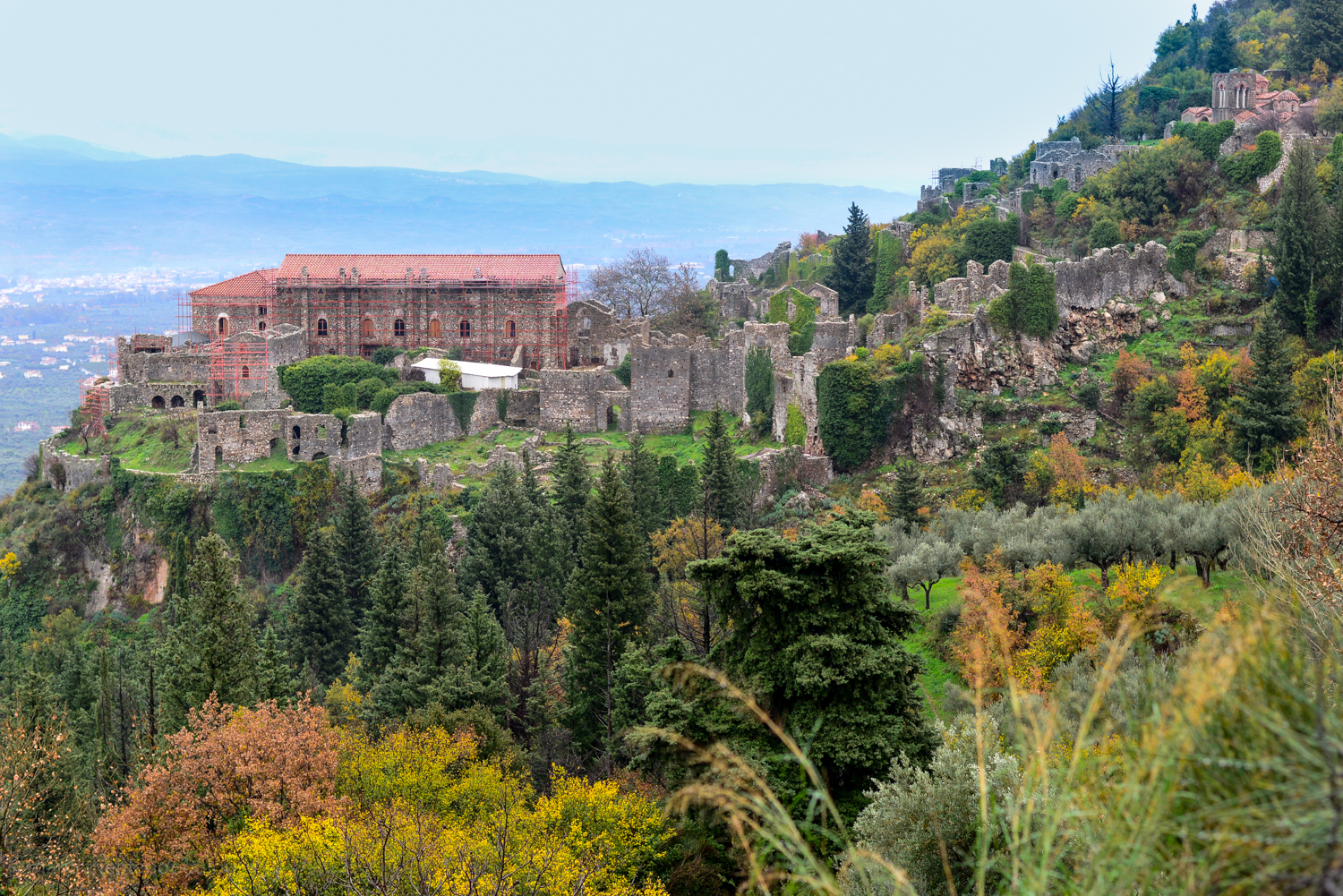The Valley of the Temples, declared a UNESCO World Heritage Site in 1997, is home to one of the Mediterranean’s greatest archaeological complexes, set in a 7agricultural landscape of rare beauty consisting mainly of centuries-old olive and almond trees. Akragas was one of the most important Greek colonies in Sicily, covering about 450 hectares, founded about 582 BC by settlers from nearby Gela and Rhodes. 6The site chosen was a plateau naturally protected to the north by the Rupe Atenea and the Hill of Girgenti and to the south by the long Hill of the Temples, bounded on either side by the rivers Akragas and Hypsas flowing south into a single course at whose mouth was the ancient port (emporion). 5From the beginning-under the tyranny of Phalaris (570-554 B.C.) famous for his cruelty-the city articulated by terraces was characterized by a regular urban layout. The Rupe Atenea was the site of the acropolis with a sacred and defensive function; the Hill of the Temples housed the monumental sanctuaries; the central area the built-up area and public buildings, while the 4defunti were buried in necropolises outside the city. In the last decades of the 6th century B.C., Akragas was surrounded by a mighty wall 12 kilometers long and equipped with nine gates. The colony attained fame and power under the tyrant Theron (488-471 B.C.), victorious over the Carthaginians at Himera in 480 B.C. and, 2surprisingly, during the years of democracy (471-406 B.C.) established by the Aragantine philosopher Empedocles. During this period the extraordinary series of Doric-style temples on the southern hill was built. 1A second conflict against the Carthaginians marked the end of an era of prosperity, and in 406 BC. Akragas was destroyed. Later the city experienced a new phase of development with the arrival (between 338 and 334 BC) of Greek colonists led by the leader Timoleon, but it no longer reached the power it once had and its fate was tied to the outcome of the struggle between Rome and Carthage for possession of the Mediterranean. During the Punic Wars Akragas was the base of the Carthaginians against the Romans, who conquered it in 210 BC and changed its name to Agrigentum. Under Roman rule the city experienced a further phase of prosperity also linked to the sulfur trade (2nd-4th centuries AD). In Christian times churches and cemeteries arose on the Hill of Temples. By the time the city was conquered by the Arabs in 829, the residential quarters had perched on the Hill of Girgenti, so-called from the medieval name of the city (from the Arabic Gergent or Kerkent), where the present-day town of Agrigento extends.
